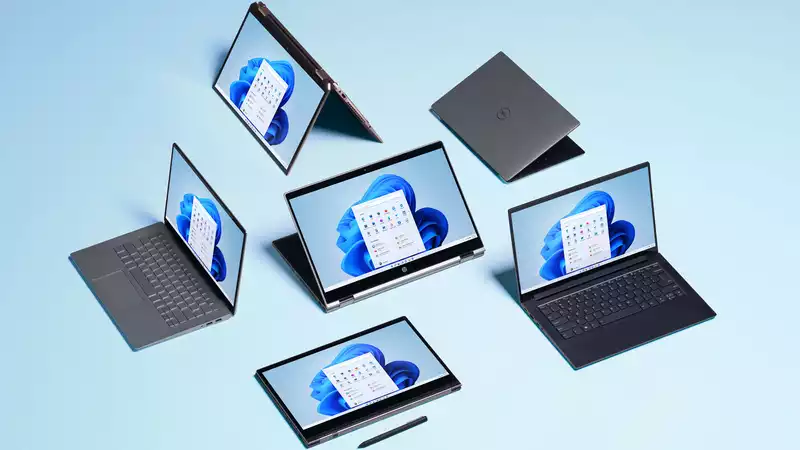Windows 11 is scheduled to be released later this year (probably October 20), and Microsoft continues to release bits and pieces of information about the upcoming OS.
One such piece of information comes from the Microsoft Developer Blog (via The Verge). In this post, it is revealed that Windows 11 will introduce Dynamic Refresh Rate (DRR) to the screen.
"In dynamic (60Hz or 120Hz) mode, the display will refresh at 60Hz for routine productivity tasks such as email and document creation to save battery life," Microsoft program manager Ana Marta Carvalho says. 'Then, for tasks such as ink entry and scrolling, it seamlessly switches to 120Hz for a smoother, more responsive experience.'
This feature is gradually being rolled out to more Microsoft apps: programs such as Microsoft Office, Edge, and Whiteboard will have smoother pen strokes when scrolling and drawing.
Needless to say, this feature will only work on displays capable of outputting higher refresh rates. Users will need a laptop or monitor that outputs at a rate of at least 120 Hz.
Interestingly, the post does not mention whether it will work on displays with even higher refresh rates. For most people, 120 Hz is more than enough, but there are gaming laptops that push screens up to 300 Hz. Given that the blog post states that users need "at least" a 120Hz display, it is likely that Microsoft will introduce features for 300Hz screens in the future.
To try this out for yourself, you will need to sign up for the Windows Insider Program. The program allows you to download updates in development (including Windows 11 preview versions) before they are released to the public; instructions on how to enable VRR can be found in the blog post linked above.










Comments